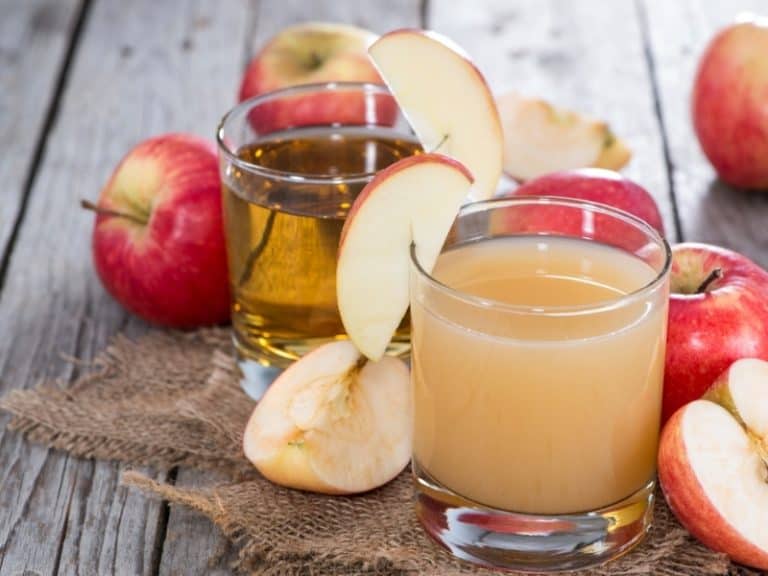


To qualify as a hard cider, the delicious apple brew may not have more than 8.5% alcohol by volume (ABV), whereas anything above 8.5% ABV is therefore considered apple wine. Now, onto the difference between hard apple cider and apple wine. Massachusetts is often referred to as the authority on everything apple, and they have a good explanation about the difference between apple cider and juice. The downside to apple cider, however, is that its shelf-life is only about ten days due to it being unprocessed. There are differences between the two, though: apple juice tends to be sweeter and has a much longer shelf-life than apple cider.Īpple cider tends to be found more often during the autumnal season during harvest. The biggest tell-tale sign between the two is the clarity cider tends to be very cloudy, whereas juice is almost 100% clear. Whereas apple juice is made from apples and has undergone processes such filtration and pasteurization. It is one of those "questions for the ages," as it were.Īpple cider is the purest form of liquified apple, that is unfiltered, fresh, and, more often than not, even unpasteurized apple juice, i.e.: apple juice in its raw form, pulp and sediment included. Let us start with the basic form of the apple liquid involved in the winemaking process: the difference between apple juice and apple cider as there is an occasional confusion as to what the difference is, if any. We will dive a little deep with the differences between the brews as well as the base forms of apples. What's the Difference Between Apple Wine and Apple Cider?īet one would think that 'apple wine' and 'hard apple cider' are interchangeable, but then one would be wrong.


 0 kommentar(er)
0 kommentar(er)
